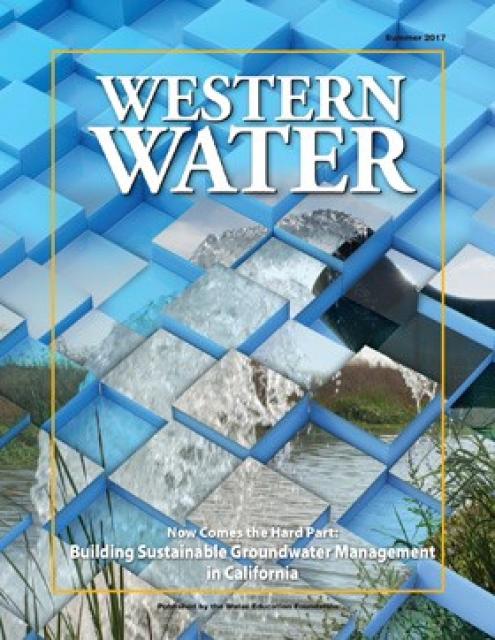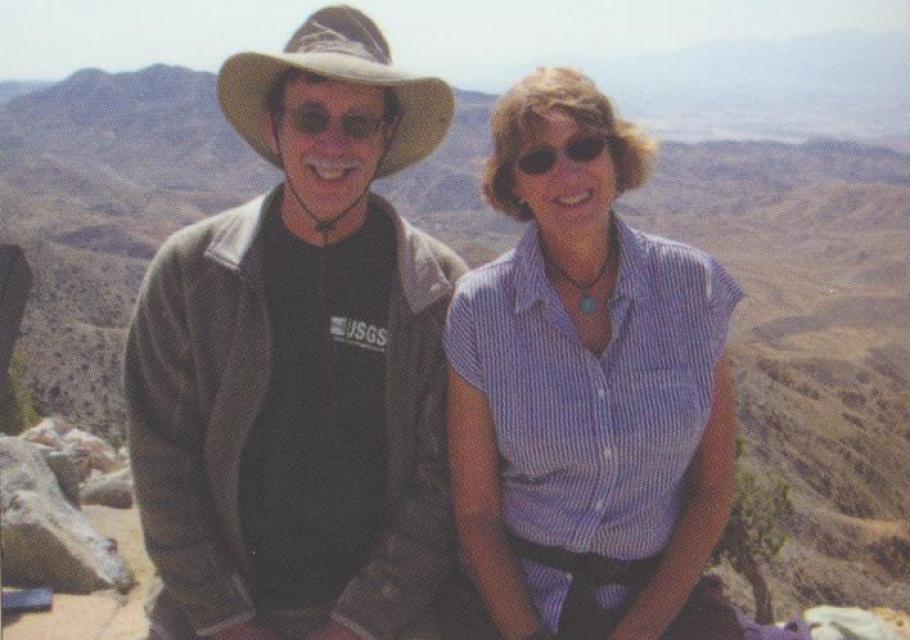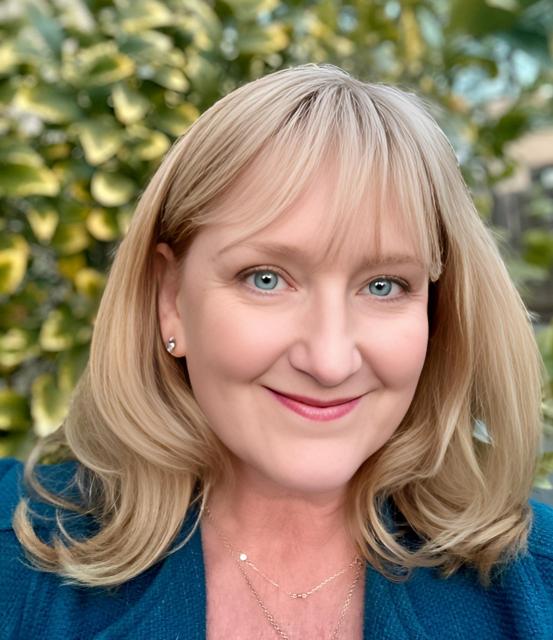Now Comes the Hard Part: Building Sustainable Groundwater Management in California
Summer 2017
After more than two years of intense activity, there is a new layer of local groundwater management agencies in California; agencies that are beginning the task of bringing their basins to a level of sustainability.
The impetus is the Sustainable Groundwater Management Act (SGMA), the landmark 2014 law that aims to repair the effects of decades of unmanaged groundwater pumping, which have left some parts of the state in what the California Department of Water Resources (DWR) calls “critical” overdraft. Fifteen of the 21 critically overdrafted basins are in the south-central San Joaquin Valley.
Read the excerpt below from the Summer 2017 issue written by Gary Pitzer along with the editor’s note from Jennifer Bowles. Click here to subscribe to Western Water, a quarterly magazine, or to purchase just this issue.
Introduction
After more than two years of intense activity, there is a new layer of local groundwater management agencies in California; agencies that are beginning the task of bringing their basins to a level of sustainability.
The impetus is the Sustainable Groundwater Management Act (SGMA), the landmark 2014 law that aims to repair the effects of decades of unmanaged groundwater pumping, which have left some parts of the state in what the California Department of Water Resources (DWR) calls “critical” overdraft. Fifteen of the 21 critically overdrafted basins are in the south-central San Joaquin Valley.
Under SGMA, almost 300 Groundwater Sustainability Agencies (GSAs) have formed around the state to begin the process of bringing overdrafted basins into balance. The deadline for the formation of GSAs in basins designated by DWR as “high” or “medium” priority was June 30, 2017. According to DWR, 99 percent of those basins met that deadline.
For these basins the GSAs are required to draft and submit to the state a Groundwater Sustainability Plan (GSP) during the next three to five years, a roadmap for how those areas will achieve sustainable groundwater management by 2040 (or 2042).
GSAs “will need to take specific technical, legal, communication, financial, and management actions to achieve specific objectives,” said a 2016 report by the University of California, Berkeley School of Law called Designing Effective Groundwater Sustainability Agencies: Criteria for Evaluation of Local Governance Options. “A GSA will have in-house capacities, but the ability to leverage external resources will also be important.”
GSA formation “was supposed to be the easy part,” said Mark Nordberg, senior engineering geologist with DWR, at the July 10 Law Seminars International’s Sustainable Groundwater Planning Conference in Sacramento. “Now comes the GSP preparation and that, dare I say, is going to be a little more difficult.”
The difficulty stems from many factors, not the least of which are the wide swings in precipitation that have occurred recently.
“One of the challenges the GSPs are going to have to recognize in their first go-around is how to deal with the extreme conditions that may be occurring over the next 10 to 20 years,” said Thomas Harter, chair for Water Resources Management and Policy at the University of California, Davis. “What if we are right back to drought next year?”
Harter, who has written extensively on groundwater issues, likens the problem of widespread overdraft to the long-standing issues associated with the state’s surface water conveyance system. “The fact that agencies are given a 20-year planning horizon to fix their ‘local Delta’ is recognition that things take time, especially because it’s not a top-down approach,” he said.
Experts believe the people in charge of drafting a sustainability plan will have to forge ahead in the absence of complete data.
“Planning with certainty is a rare thing,” said Abhishek Singh, senior environmental scientist with INTERA, a geoscience and engineering consulting firm in Torrance. “Planning under uncertainty is a necessity. You can account for uncertainty or just ignore it.”
Singh, who spoke at the Groundwater Resources Association of California’s May SGMA Conference in Modesto, said an extensive consultation process with stakeholders is necessary “to move the unknown unknowns to the known unknowns” and that a conceptual water budget “is a really good place to start” in the GSP process.
The schedule under the law for getting the most severely overdrafted groundwater basins back into balance has been described as both too slow and too ambitious by water stakeholders.
California Water Commissioner David Orth said SGMA was created to not be a shock to the system. “The tactical decision when SGMA was created was that it took us 100 years to get to this situation and we need time to recover because the economic impact of an immediate sustainability action, which can only be achieved through groundwater allocations, is significant,” said Orth, who in his previous position as general manager of the Kings River Conservation District played an active role in development of the legislation. “The cost of doing that would be the idling of 30 to 50 percent of ag land in various portions of the San Joaquin Valley.”
DWR is in charge of overseeing SGMA’s implementation, providing grants and technical assistance to help GSAs construct their GSPs. SGMA’s legal backstop is the State Water Resources Control Board (State Water Board), which has the authority to intervene in cases where local agencies are unable or unwilling to come up with a plan for sustainable management. Intervention can occur if DWR and the State Water Board believe a GSP is inadequate or inadequately implemented.
Speaking at the Sustainable Groundwater Planning Conference, California Environmental Protection Agency (Cal/EPA) Undersecretary Gordon Burns said the state has no interest in managing local groundwater basins and that intervention by the State Water Board “would be more expensive and not as good as a local plan would be.”
“Even in the case of intervention, the idea is to get to local sustainability for groundwater management,” he said. “Intervention is worse than having local agencies having to make the hard decisions themselves.”
Groundwater overdraft – the amount of water withdrawn that exceeds recharge – in some agricultural regions averages about 2 million acre-feet annually, according to the Public Policy Institute of California. During the latest drought, the pace of well drilling increased as farmers and communities sought new sources of water. As water tables dropped, more than 3,500 domestic wells went dry statewide.
In its 2017 report, Water Available for Replenishment, DWR acknowledged that “getting groundwater basins into a sustainable regime of pumping and recharge will not be easy or painless.”
“Regions that have, for years, pumped more groundwater than is replenished – in some cases to the point of causing subsidence – must either find other sources of supply or do without,” the report says.
The inevitable change in groundwater pumping resulting from SGMA compliance will be transformative to the state’s agricultural regions that have pumped groundwater without restrictions for generations. Unlike surface water, most of which requires a water rights permit, landowners overlying a groundwater basin have the right to pump a reasonable amount of groundwater to support beneficial uses. Not surprisingly, the idea of putting a lid on groundwater use did not sit well with the most affected entities. With the law in place, the attention has turned to ensuring its equitable application.
“While we didn’t support SGMA’s adoption, we are working hard for it to be successful now,” said Jack Rice, associate counsel with the California Farm Bureau Federation, at the GRA conference.
By the June 30 deadline, 261 GSAs had been formed, some single entities, others the result of a memorandum of understanding or the formation of a joint powers authority. Overlaying GSAs across such a wide landscape was a complex, sometimes messy process, with jurisdictional as well as geographical jockeying. (The Delta-Mendota Subbasin alone has 24 GSAs, Nordberg said).
Forming the GSAs was one thing; establishing a GSP takes time and money. GSAs will need a long-term, stable funding source to support their mission of keeping basins from falling into overdraft. How that occurs is a work in progress.
“The funding mechanisms under SGMA are not good and they can really put SGMA into jeopardy,” said Don Cameron, vice president and general manager of Terranova Ranch, a farming operation of more than 6,000 acres about 30 miles southwest of Fresno that relies almost exclusively on groundwater. “We all want to have stable groundwater, but being able to raise money when you are talking to growers that really haven’t paid anything for what they are doing – other than their groundwater pumping costs – to tell them they are going to have to pony up quite a bit of money to build the conveyance systems or we are going to have to cut back the water that can be pumped. Those are the only two options.”
The last two years have seen a nonstop schedule of conferences, workshops and stakeholder meetings to help people understand SGMA and its implications on groundwater use. Because most of the affected basins lie in the heart of California’s agricultural community, there is concern where farmers will find themselves once local GSPs are implemented.
“Farmers are a little overwhelmed right now, that’s one of the challenges we face,” Rice said. “SGMA presents a really big obstacle for everyone and agriculture is the most impacted stakeholder, yet finding the bandwidth to participate in endless SGMA processes is very difficult.”
California’s SGMA journey has been likened to what occurred in Australia, where a 10-year reform process during a major drought resulted in greater knowledge about how much water existed, its location and condition, who controls it and who is using it.
At the June California Water Summit in Sacramento, Mike Young, a professor of environmental and water policy at the University of Adelaide who was instrumental in the Australian reform process, said GSAs should issue shares of groundwater allocations to individual users, a process that “brings a lot of security and confidence” to groundwater use.
Young, who developed a groundwater sustainability mock-up that “is built on global best practice,” said it is important that a sense of trust and community respect for a GSP be developed as well as a willingness to start the implementation journey.
“The most important thing that people need to know is the answer to ‘What are you going to do and how will this affect me?’” he said.
Editor’s Note: #40YearsStrong
When the Water Education Foundation got its start in 1977 amid a punishing drought, the hashtag above would most certainly have raised eyebrows over its meaning. It may still in some circles.
As we gear up to celebrate 40 years of the Water Education Foundation’s existence, we launched a social media campaign using the hashtag #40YearsStrong with #TBT (Throwback Thursday) posts showing our first logo when we were called the Western Water Education Foundation, the first Layperson’s Guides on key water topics (Auburn Dam and the Peripheral Canal in 1979) and other interesting historical tidbits about the people behind the Foundation. Entrepreneurship has always been one of the driving forces and as the record shows, we even raffled off a side of beef donated by our first Board President Ira “Jack” Chrisman, a Tulare County rancher and California Water Commissioner, at an ACWA conference to help fund the first incarnation of our popular California water map in 1979. You can check out our historical posts every Thursday by following us on Facebook and Twitter @WaterEdFdn.
Boy, have things changed. But back then, and still today, we rely on our generous contributors to support us in carrying out our mission, and we’re grateful to them. We take a lot of pride in serving as a vital source of nonpartisan, in-depth information about water resource issues in California and the West through our vast repertoire of educational materials, products and services such as our water tours, lectures, Western Water magazine and Project WET (Water Education for Teachers).
According to our count:
- More than 35,000 people have attended water tours, workshops and conferences over the years.
- More than 350 young lawyers, engineers, planners, community and environmental leaders have completed our annual Water Leaders educational and mentorship program.
- More than 15,000 K-12 teachers have completed Water Education for Teachers training, reaching 5.4 million students in California with lesson activities about water in math, reading and science programs since the program began in 1995.
- And more than 225 issues of Western Water have been published to help inform debate about many controversial issues.
And we’d like to think that through our educational efforts, we’ve played a role in the resolution of water resource issues over the years by bringing different voices together.
As we celebrate our own milestone, we wrote about another milestone in California water history for this latest issue of Western Water. Our in-depth article provides an update to the state’s first-ever groundwater management law, the Sustainable Groundwater Management Act of 2014. Enjoy the article! And for those history buffs and supporters, join us Oct. 26 in Sacramento at the Sterling Hotel for our 40th anniversary celebration.
Visit here for more information







